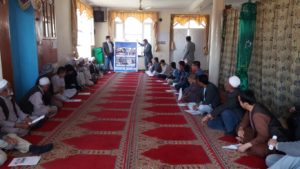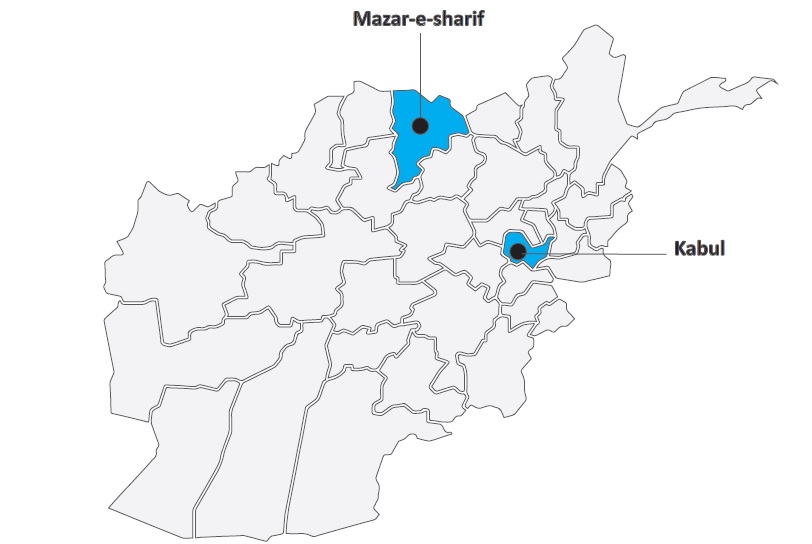Project for City Resilience (PCR)
Funding from Government of Japan
Total Budget US$ 3.3m
Duration 2017-2019
Implemented by UN-Habitat
Partners MUDH, DMHA/ANDMA, IDLG/DMM, KM
Project for City Resilience PCR assists the National Unity Government to make Afghan cities safe, resilient and sustainable by reducing disaster risk, human and economic losses and impacts, especially the lives of women and girls and vulnerable people. The objective of PCR is to strengthen the capacity of selected Afghan cities for disaster risk reduction through a people-centred preventive approach and demonstrate innovations in localizing the Sendai Framework and other post-2015 frameworks and agendas, enhanced urban communities’ resilience to disaster and climate risk.
PCR along with the donor and government partners to aims (i) enhanced urban communities’ resilience to disaster and climate risk, (ii) Strengthened municipal capacity for people-centred preventive DRR, (iii) Strengthened national capacity for risk-sensitive urban development to contribute to Sendai Framework implementation and monitoring.
PCR is working with the national government, municipalities and local communities to establish Resilience Action Plans (Community RAPs) at GA level prepared and endorsed by Mayor (and MAB), non-structural (including awareness raising) activities for community disaster risk and preparedness to multiple hazards, New/renovated essential community infrastructure for resilient to disaster and climate risk, Reinforcement of disaster resilient houses in two cities, Tools for institutionalize and replicate successful Afghan community and city resilience building approaches, Draft risk-sensitive urban policy and decision support tools, Workshops and Trainings for Municipal and Government staff.
The PCR project is mostly aligned with the target of SDG 11.b.1, 11.b.2 and 11.c
MAIN FIGURES/ACHIEVEMENTS 
Reinforcement of 100 disaster resilient houses in two cities.
30 non-structural (including awareness raising) activities for community disaster risk and preparedness to multiple hazards.
Structural improvements for city resilience in 2 cities and City-RAP Guide Book for Citizen and awareness raising events.
